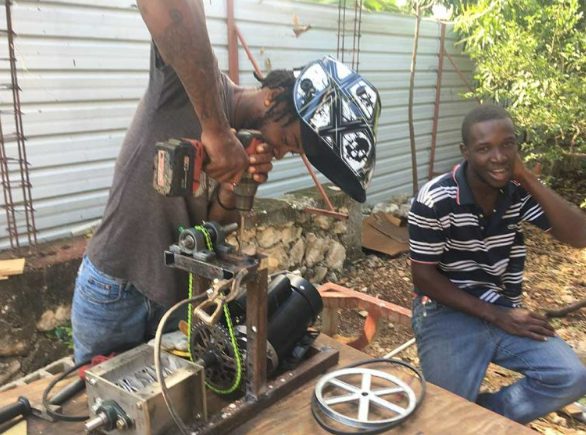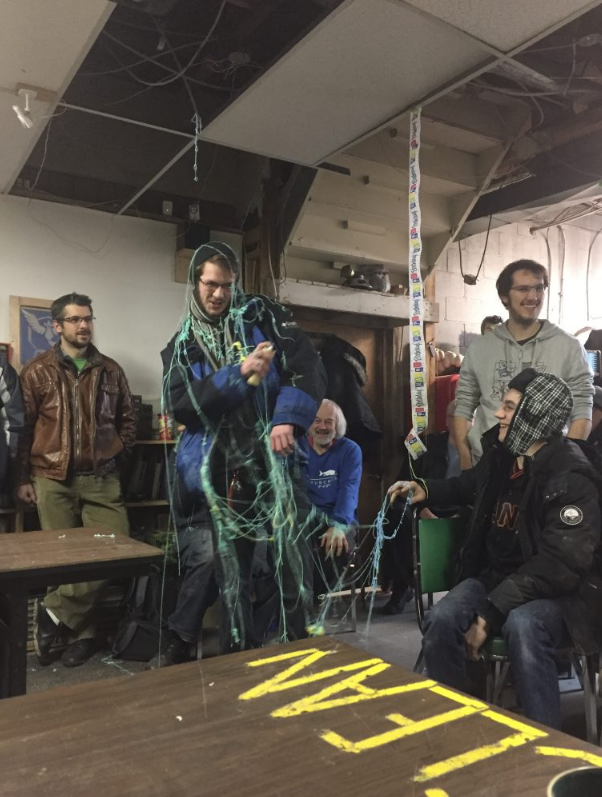Month: February 2017
-

Haiti – Ruminations
See Also: Haiti: Lessons Learned in Plastics I recently had the opportunity to head to Haiti, part of an effort to build a small scale recycling operation in the town of Jacmel. I’ll deal with the success or failure of the machines in another post, but here I wanted to get down some of my…
-

Haiti – Lessons learned in plastic.
See also : Haiti: Ruminations I started this project with a simple goal in mind. Build the 4 machines outlined on Dave Hakken’s Precious Plastic website, then build them again in Haiti. It is said that no plan survives first contact with the enemy, and this story is no different. When I left Haiti last…
-

